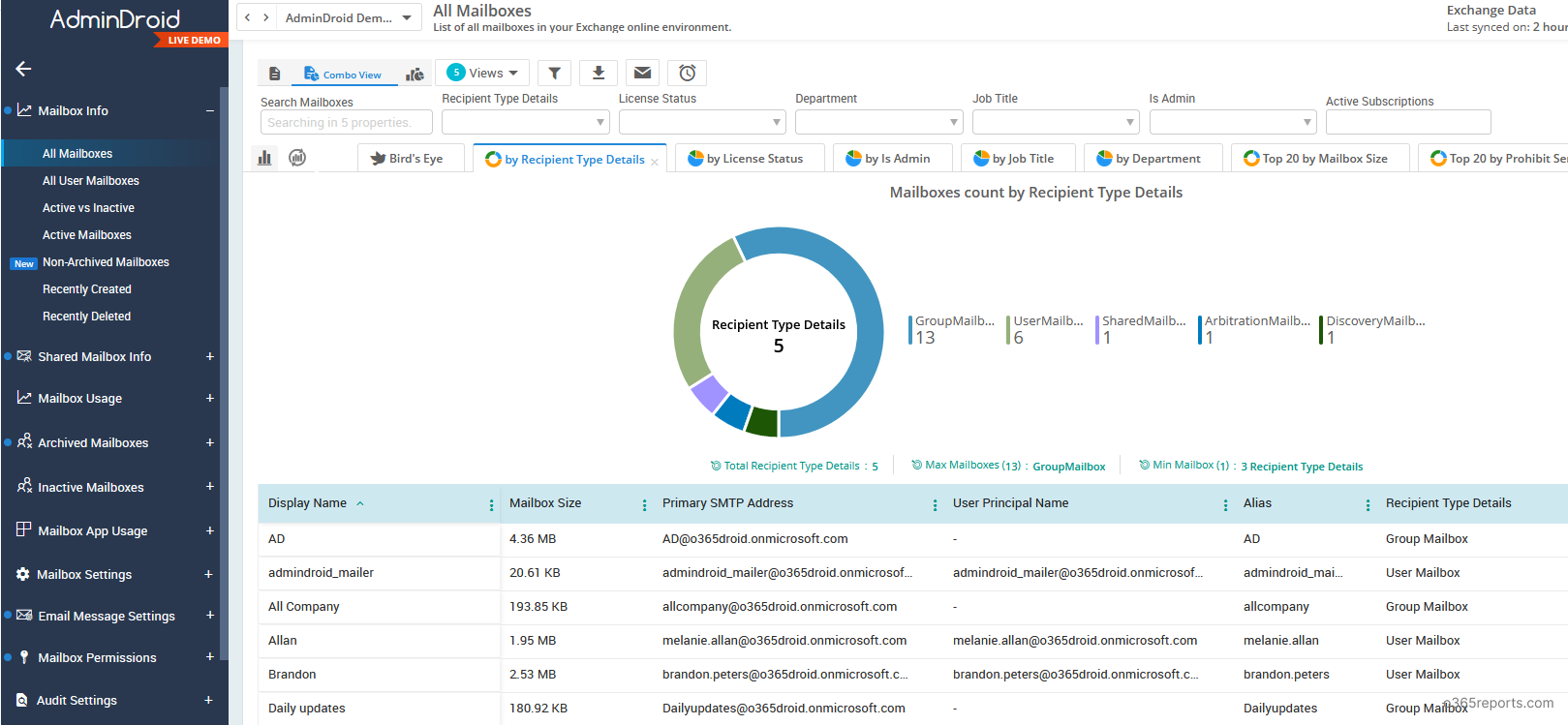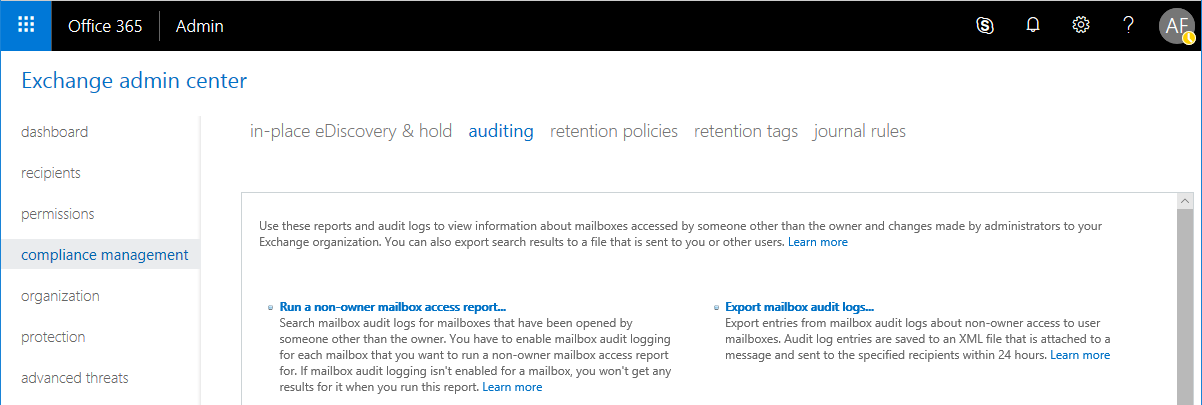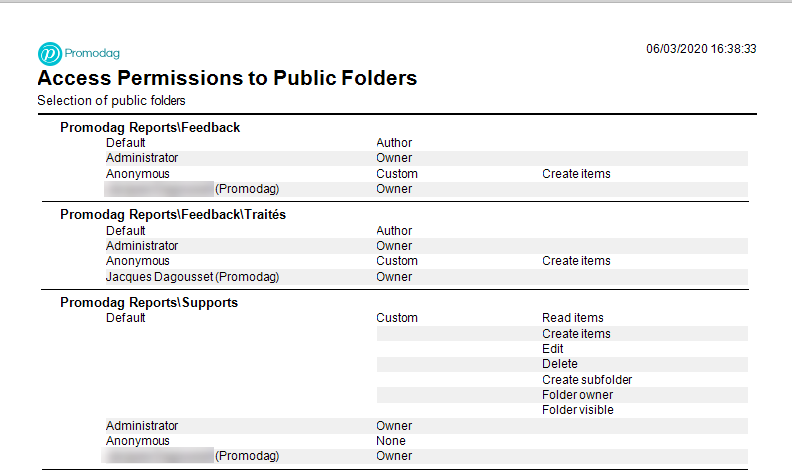

With this approach, permissions flow from top to bottom and allow for fine tuning of permissions on all objects.

I need to find out who has fun with the team mailbox. Find who enjoys moving and removing customers emails in a shared mailbox 🙂 Hi, This is exactly what Im trying to do. Search-MailboxAuditLog -Identity alias -LogonTypes Delegate,Admin,Owner -StartDate(get-date).addhours(-48) -ShowDetails | Where-Object | ft FolderPathName,LogonUserDIsplayName,LastAccessed,Operation,SourceItemSubjectsList I connected directly on the shared mailbox, and I can find the messages he is looking for, in the Recover Deleted Items, at the approximative time he specified – so I assume they were hard-deleted.īut the search is not giving me this information !!! I also did the search on the move* Operation, no luck. – it’s the section chief, and only him, who has deleted these messages – he confirms it, but he wants to know about other messages I run the search-mailboxauditlog command, filter on *Delete, and I can find 8 entries. Recently the section chief noticed some messages have been deleted from the inbox of that shared mailbox. I have a couple of sensitive shared mailboxes to monitor and I have enabled auditing on these. To mitigate that risk I would recommend only enabling mailbox audit logging of mailbox owners for actions that involve deleting email.įirst, the mailbox must be enabled for mailbox audit logging before you can use the audit logs to prove anything. For admin/delegate situations this is usually a negligible amount, however mailbox owner actions occur much more frequently so they have a greater potential to consume a large amount of storage. However, auditing of mailbox owner actions is also possible, it is just not enabled by default.īefore we proceed I’ll just highlight that mailbox audit logging does consume storage on the Exchange server. In my demonstrations of mailbox audit logging I tend to focus on auditing administrator and delegate actions, which are a more common support scenario in my experience. I’ve previously covered mailbox audit logging, which is a feature of both Exchange Server 20. I guess if the situation is serious enough then some audit trail would certainly be useful for proving who deleted the mailbox items.

This question seems to come from those very special support situations where an end user is blaming others for email going missing. I’ve had some questions from readers asking whether it is possible to tell when a mailbox user has deleted items from their own mailbox.


 0 kommentar(er)
0 kommentar(er)
